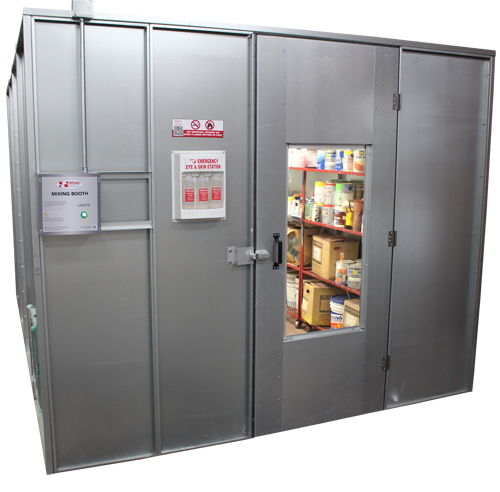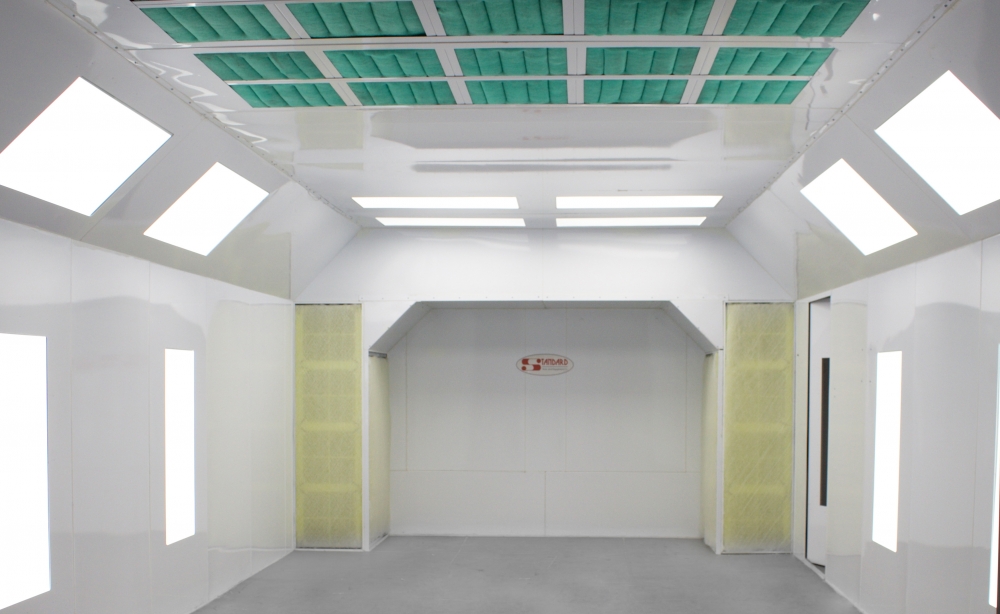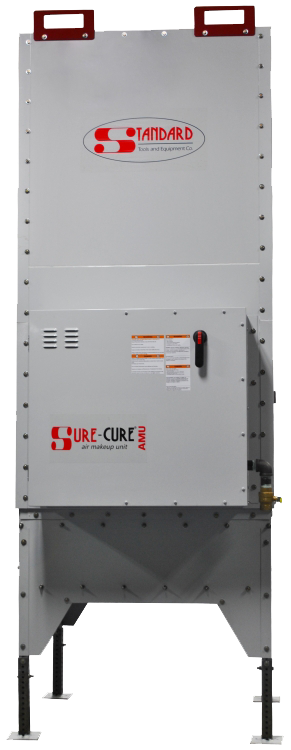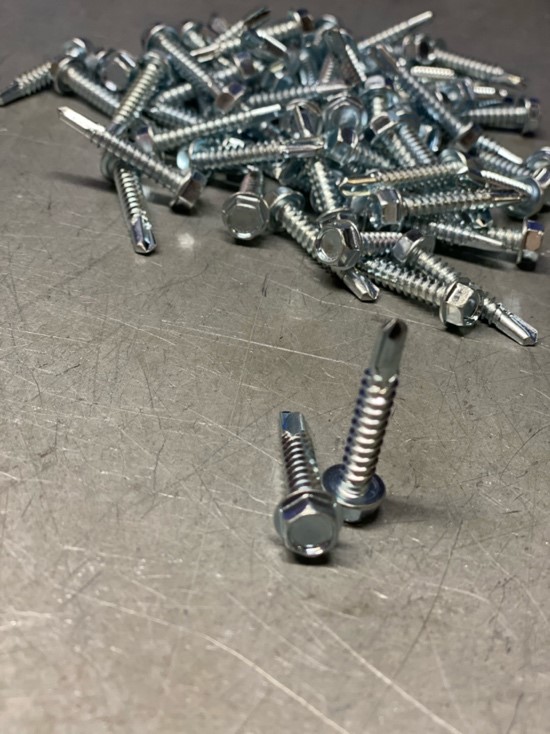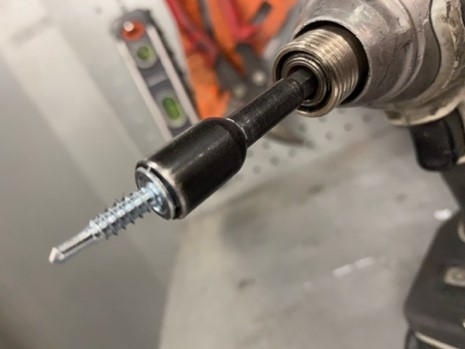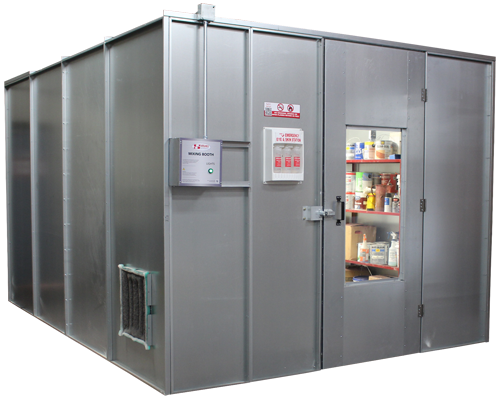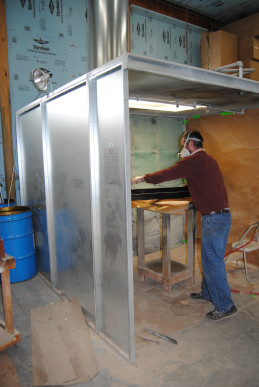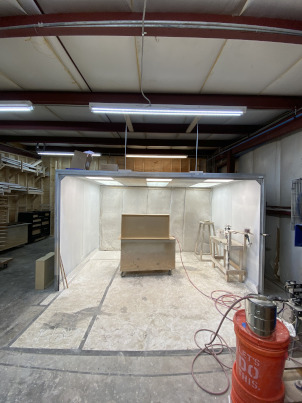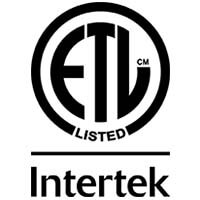Have you ever wondered about the mechanics and parts inside your paint booth? You’re not alone. We get a lot of questions about the mechanical and electrical elements inside our spray booths, especially the fans and motors. Here are answers to the most common questions about paint booth fans and motors.
What kind of fan do you use for a paint booth?
In a paint booth, there are two types of fans. Each one performs a specific function: either pushing air into or pulling air out of the booth. Air is pushed into the booth through a blower fan, which in many cases is part of an AMU. This setup replaces the air that is pulled out of the booth by the exhaust fan to balance the air pressure for optimal operating conditions.
The exhaust fan for a paint booth is a tube axial fan with propeller-style blades. Our fans all use aluminum blades that are best for fire safety because they don’t spark. Non-sparking fans are important for paint booths because most paints and other finishing products are flammable.
Does a paint booth need an explosion-proof fan?
There are several different safety codes that may apply to paint booth operations from organizations such as the National Fire Protection Association (NFPA), the Occupational Safety and Health Administration (OSHA), and the Environmental Protection Agency (EPA). Your state, city, or county may have additional requirements.
Depending on the exact setup of your shop and your booth, you may need to use an explosion-proof fan in your paint booth. For more information on explosion-proof requirements and our fans, contact our Customer Service Specialists.
How many CFM do you need for a paint booth?
The volume of air moving in a paint booth is measured in cubic feet per minute (CFM).
There is a simple rule of thumb you can use to figure out the right CFM for your booth:
- Side downdraft booths: Booth width (ft.) X Booth height (ft.) X 40
- Cross flow, open face, and semi-downdraft booths: Booth width (ft.) X Booth height (ft.) X 100
So, if you have a cross flow booth that is 16 feet in both width and height, the correct CFM would be 25,600. The best way to determine the right CFM for your booth is to follow the manufacturer’s instructions.
How do you measure the airflow of a paint booth?
It’s a good idea to know how to measure the airflow in your booth. You may need to do this if you are concerned that a fan isn’t operating correctly or if you are trying to determine whether it’s time to replace some filters. Additionally, both OSHA and NFPA guidelines specify minimum airflow requirements for paint booths in order to reduce the concentration of flammable materials inside the booth. The airflow inside the paint booth is important for both safety and finishing guidelines. The ETL certification that comes with many Standard Tools paint booths means that the airflow has been tested for safety on those models by Intertek.
Paint booth airflow is usually measured in linear feet per minute (lfm). Older International Fire Code (IFC) requirements designated a minimum airflow of 100 lfm. However, modern codes refer to air exchange rates rather than airflow. You need to ensure a minimum of four air exchanges per minute when solvent-based or wet paints are used in the booth. For powder-coating finishes, the minimum airflow required is 60 lfm. The easiest way to measure airflow in your booth is with a special tool: a Vaneometer.
Which type of motor is used in a paint booth?
Most paint booth motors are completely enclosed, fan-cooled styles. Some types of paint booths may need more than one motor. Spray booth motors are usually available in either single-phase or three-phase models. Three-phase motors are sometimes preferred for larger loads, but the best way to know what type of motor your booth needs is to talk directly to the manufacturer as well as a licensed electrician who can tell you what power requirements your shop may have.
What is an explosion-proof motor?
Some motors are explosion-proof, which essentially means that they are designed to contain an internal explosion to prevent external damage or injury. Some common traits of an explosion-proof motor are a UL-listed conduit box and an exterior finish that’s corrosion-resistant. These motors are best for hazardous locations and might be required by certain safety regulations or local codes.
Get Expert Support for Your Paint Booth Purchase
To get the most out of your paint booth, it’s essential to ensure it has the right fans and motors for your unique operating conditions. Fortunately, you can get all your questions answered by our expert customer service team. We can even work with you to build a completely customized booth that meets your specifications. Contact us to get started.


